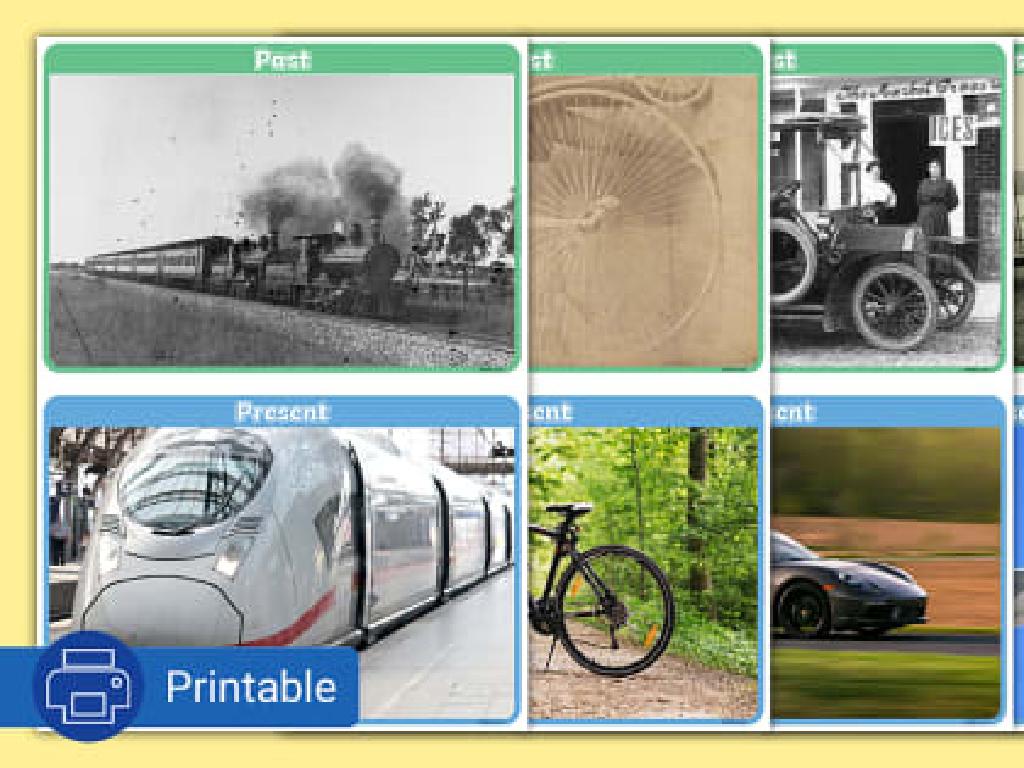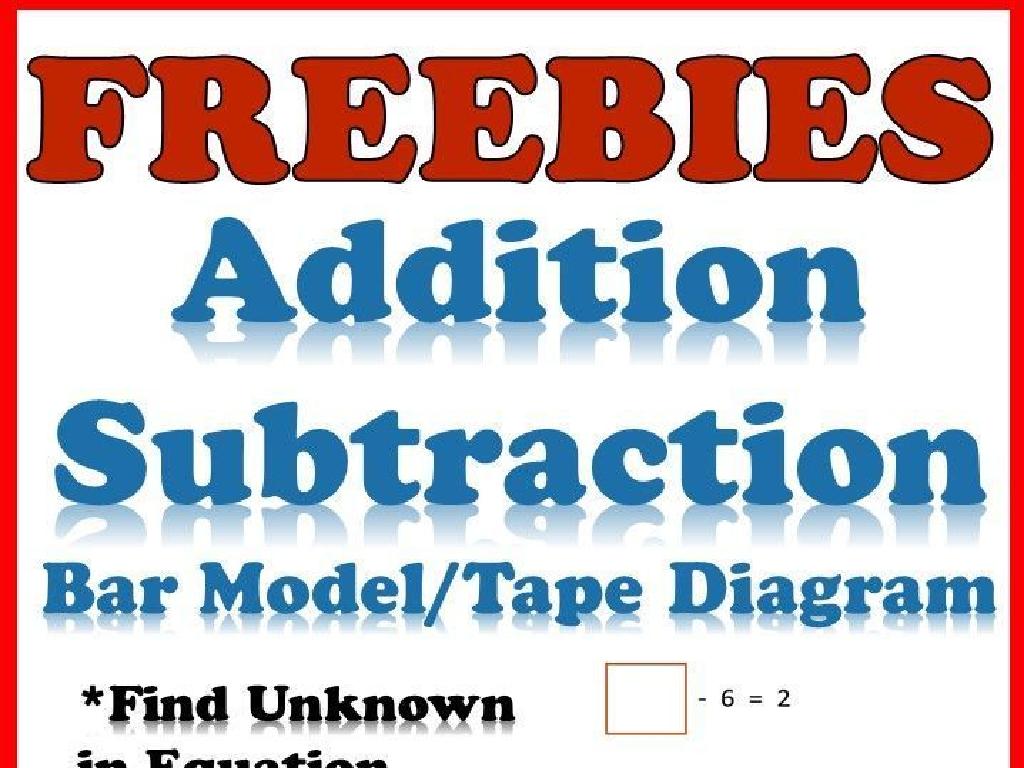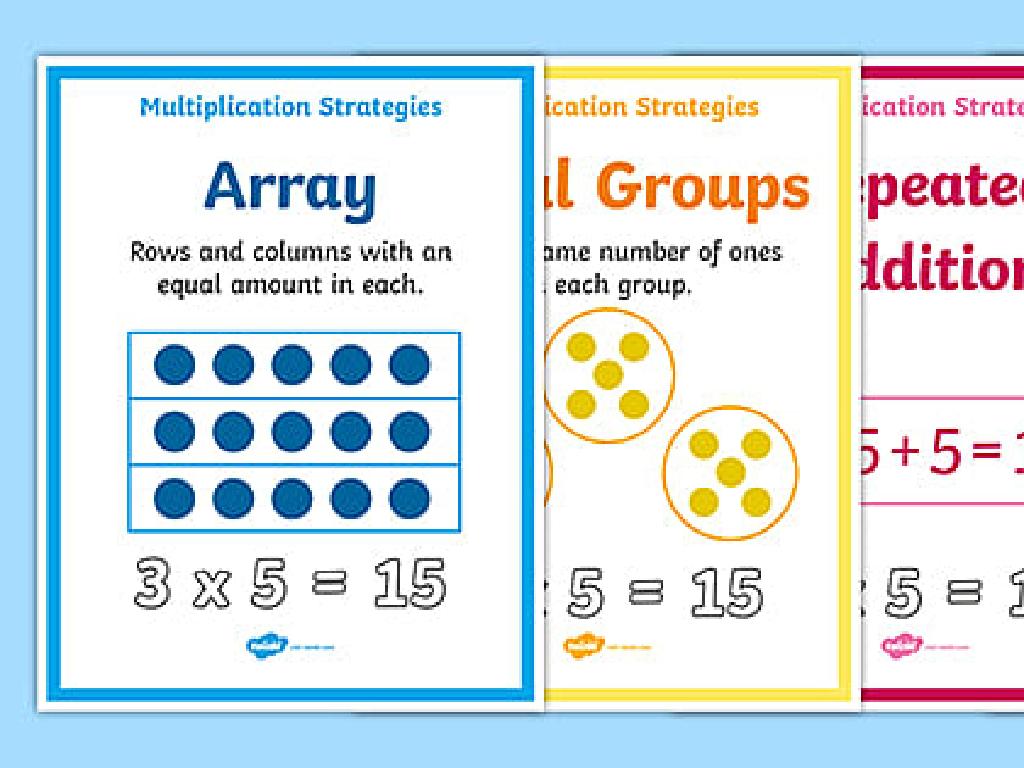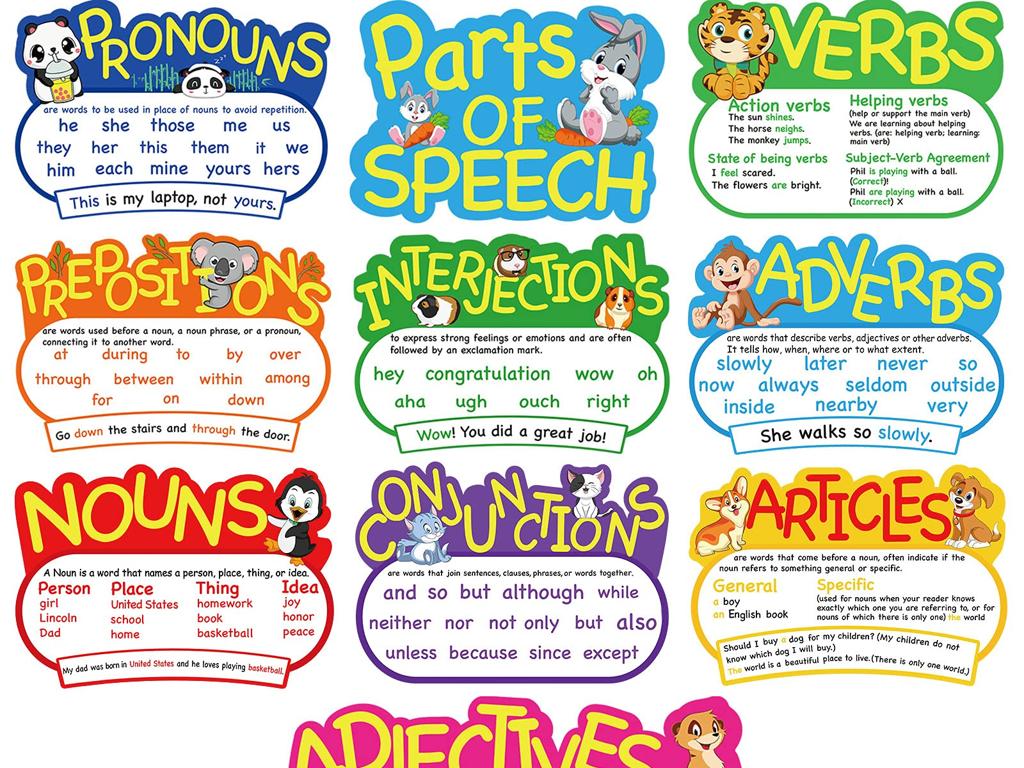Blend Each Sound In A Word Together
Subject: Language arts
Grade: Pre-k
Topic: Rhyming
Please LOG IN to download the presentation. Access is available to registered users only.
View More Content
Welcome to Rhyming World!
– Greeting our little rhymers
– Today’s fun topic: Blending Sounds
– We’ll learn to mix sounds to make words
– Sing a rhyming song together
– A song with rhymes helps us hear patterns
– Get ready to rhyme and blend
|
Begin the class with a cheerful greeting to make the children feel excited about learning. Introduce the concept of blending sounds in words, which is a foundational skill for reading. Explain that rhyming words have the same ending sounds. Engage the children by singing a simple song that includes rhymes, such as ‘Twinkle, Twinkle, Little Star’ or ‘The Wheels on the Bus.’ This activity will help them hear rhyming patterns and get them ready for the day’s lesson. Make sure to maintain an enthusiastic tone to keep the children’s interest high. After the song, transition to activities where they will practice blending sounds to form words.
What is Rhyming?
– Rhyming: Words sound the same
– Easy rhymes: cat, hat, bat
– Words that have the same ending sound
– Hand motions for matching sounds
– Clap when you hear words that rhyme
– Watch a fun rhyming video
– Listen and look for words that rhyme
|
This slide introduces the concept of rhyming to Pre-k students. Start by explaining that rhyming words are words that have the same ending sound, which makes them sound similar or ‘match’ in sound. Use simple, familiar words like ‘cat’, ‘hat’, and ‘bat’ to illustrate this concept. Incorporate hand motions, such as clapping or tapping, to help students recognize when words rhyme. Finally, show a short, engaging video that includes examples of rhyming words to reinforce the concept through auditory and visual learning. Encourage the students to listen carefully and identify the rhyming words they hear in the video.
Blending Sounds Together
– Break down words into sounds
– Show how to separate ‘cat’ into /c/ /a/ /t/
– Practice with words like ‘dog’
– Use /d/ /o/ /g/ and blend to say ‘dog’
– Visual aids of mouth sounds
– Pictures of mouth positions for each sound
– Listen and repeat exercises
– Practice blending sounds to form words
|
This slide is aimed at helping Pre-k students understand how to blend individual sounds to form words, a key skill in early reading. Start by demonstrating how to break down a word into its constituent sounds. Use simple, familiar words like ‘dog’ and visually show how each sound is made, including mouth movements. Engage the class by having them practice with you, ensuring they can hear and identify each sound before blending them together to form the word. Incorporate visual aids to help them associate the sounds with the physical act of speaking. Finish with a listen and repeat exercise to reinforce the concept.
Let’s Blend Sounds Together!
– Start with slow sound segments
– Say sounds s-l-o-w-l-y then faster
– Clap and blend sounds together
– Clap once for each sound, then clap fast as you blend
– Use rhyming song for practice
– Pick words from our song and blend the sounds
– Speed up to form whole words
– Practice until you can say the word quickly and smoothly
|
This slide is aimed at helping Pre-k students understand the concept of blending sounds to form words, which is a foundational skill in reading. Start by demonstrating how to say individual sounds slowly and then increase the speed to blend them into a word. Use visual and audio cues like clapping hands for each sound to make it interactive. Incorporate words from a familiar rhyming song to make the activity engaging and easier to grasp. As students become more comfortable with blending, encourage them to speed up until they can say the whole word smoothly. This will help them recognize how separate sounds come together to create meaning.
Matching Rhyming Words
– Show rhyming word pairs with pictures
– Cat, hat; dog, log. Say them loud!
– Repeat words with emphasis on rhyme
– When we say ‘cat’ and ‘hat’, listen to the ‘at’ sound!
– Play ‘Do these words rhyme?’ game
– I’ll say two words, you give thumbs up if they rhyme
– Thumbs up for yes, thumbs down for no
|
This slide is for a class activity focused on helping Pre-k students understand and identify rhyming words. Start by showing pictures of items that rhyme, such as ‘cat’ and ‘hat’ or ‘dog’ and ‘log’, and pronounce them clearly. Encourage the children to repeat after you, making sure they notice the rhyming part of each word. Engage the class with a fun game where you say a pair of words, and the children respond with thumbs up if the words rhyme or thumbs down if they don’t. This interactive approach helps students develop phonemic awareness and listening skills. For the activity, prepare a set of rhyming and non-rhyming word pairs, and consider using props or flashcards to make the game visually stimulating.
Rhyming Story Time
– Read a rhyming story aloud
– Choose a story with simple, repetitive rhymes
– Pause for rhyme guesses
– Encourage kids to predict the rhyming words
– Discuss story rhymes
– Talk about the rhyming words and their sounds
– Practice blending sounds
– Blend the sounds of the rhymes together as a class
|
This slide outlines a class activity focused on rhyming and sound blending. Start by reading a short story with clear and simple rhymes, pausing to allow the children to guess the next rhyming word. This interactive approach engages the children and helps them anticipate rhyming patterns. After reading, discuss the rhymes found in the story, emphasizing the sounds that make up each word. Practice blending these sounds together to demonstrate how words are formed from individual phonemes. This activity will help children develop phonemic awareness, an essential skill for early reading development. Be patient and supportive, offering praise for participation and correct guesses. Prepare a list of rhyming stories suitable for Pre-K students, such as ‘The Cat in the Hat’ by Dr. Seuss.
Rhyme and Blend with Puzzles
– Engage in Rhyming Word Puzzles
– Hands-on activity with puzzle pieces that rhyme
– Pair up to find rhyming matches
– Work with a friend to connect the puzzle pieces that sound alike
– Say the words aloud together
– Practice pronunciation and blending by speaking the words
– Enjoy blending sounds in words
|
This slide introduces a fun, interactive activity designed to help Pre-k students understand the concept of rhyming and blending sounds. By using Rhyming Word Puzzles, children will engage in a hands-on experience that promotes cooperation and auditory learning. As they work in pairs, they will enhance their phonemic awareness by finding and connecting pieces that rhyme. Encouraging them to say the words out loud reinforces their ability to blend sounds and recognize rhyming patterns. This activity also fosters social skills and teamwork. Prepare for the class by ensuring there are enough puzzle sets for each pair, and consider the varying levels of language proficiency among students when selecting the words for the puzzles.
Let’s Sing and Rhyme!
– Sing our rhyming song together
– Remember the song we learned? Let’s sing it again!
– Blend sounds in each word
– Listen to the sounds in words and try to blend them
– Praise for rhyming success
– Great job on blending sounds to make words rhyme!
– Celebrate our learning
|
This slide is for a fun and interactive activity that reinforces the concept of rhyming and sound blending. Start by singing the rhyming song introduced at the beginning of the class to create a familiar and comfortable learning environment. Encourage the children to focus on blending the individual sounds in each word as they sing. This will help them understand how different sounds come together to form words. Offer plenty of praise to the children as they successfully rhyme words, which will boost their confidence and enjoyment of learning. The activity should be celebratory and affirming, highlighting the children’s hard work and achievements in rhyming and blending sounds.
Class Activity: Rhyme Time!
– Form a circle for ‘Rhyme Time’
– Pass a ball and think of rhymes
– When you have the ball, say a word that sounds like ‘cat’
– Cheer for each successful rhyme
– Clap hands to celebrate when someone makes a rhyme!
– Enjoy learning with fun and play
|
This interactive activity is designed to help Pre-k students understand the concept of rhyming in a fun and engaging way. By forming a circle and passing a ball, each child gets a turn to think of a word that rhymes with the given word. This encourages active participation and listening skills. Celebrate correct rhymes with claps and cheers to create a positive learning environment and to reinforce their success. This activity not only teaches rhyming but also promotes social interaction and teamwork among the young learners. As a teacher, facilitate the activity by starting with an example and providing guidance as needed. Be prepared with a list of simple words to use for the rhyme game and have a few backup words in case some children struggle to come up with a rhyme.
Goodbye Rhymes: Wrapping Up Our Rhyming Adventure
– Sing a goodbye rhyme together
– Let’s end with a fun rhyme, like ‘See you later, alligator!’
– Review blending sounds in rhymes
– Remember how we mixed sounds to make words? Like ‘c-at’ becomes ‘cat’!
– Practice rhyming at home
– Keep having fun with sounds!
– Play with words and sounds with family!
|
As we conclude today’s class, engage the children with a catchy goodbye rhyme to reinforce the fun aspect of learning. Recap the day’s lesson by emphasizing the importance of blending individual sounds to form whole words, especially in rhymes. Encourage the children to continue practicing at home by playing rhyming games or reading rhyming books with their parents. Remind them that learning to blend sounds is not just educational but also a lot of fun. Provide parents with simple rhyming activities they can do at home to support their child’s learning.






